
Radar | Jan 11,2020
Jul 22 , 2023
By Kevin Watkins
If you want an argument in West Africa, try asking which country serves the best jollof. While Senegalese can claim to have invented the popular rice-based dish, Nigerians, Ghanaians, and others across the region will fiercely defend their own recipes as the tastiest. But one thing is not in dispute: Much of the rice now used in jollof is grown not by West African farmers, but in India, Thailand, and Vietnam.
Rice has been cultivated in Africa for more than 3,000 years, and it is now grown by more than 35 million farmers in 40 countries across the region. After maize, it is Africa’s most important staple food. Yet Asian rice accounts for over 40pc of consumption in the region, making Africa the world’s largest import market for the grain. Though the Senegal River Valley was one of the world’s earliest rice centers, Senegal’s farmers now struggle to compete in the country’s urban centers against imports from India.
This development is symptomatic of a wider loss of food self-reliance in Africa, owing to population growth, urbanisation, and an expanding middle class’s increased demand for food. While smallholder farming and rural livelihoods still account for over half of employment on the continent, African farmers have been pushed out of local markets, and the region’s overall food import bill has risen from 7.9 billion dollars in 1993-95 to 43.6 billion dollars 15 years later.
No region faces a more severe food-security crisis. One in five Africans – some 260 million people, mostly in rural areas – are hungry. Progress toward the United Nations’ goal of achieving “zero hunger” by 2030 stalled in 2014 and, following the supply-chain disruptions triggered by Russia’s full-scale invasion of Ukraine, has gone into reverse. Rising food import bills sharply amplify inflation in a region where food accounts for over 40pc of the average consumption basket. Millions of people are being pushed into poverty.
Just as COVID-19 underscored Africa’s urgent need for greater vaccine self-reliance, the war in Ukraine has exposed the vulnerability that comes with dependence on food imports. That vulnerability is the product of a failed development model. Successive generations of political leaders have paid lip service to food self-reliance, while opening the flood gates for imports of “cheap foods,” many of which are heavily subsidised and considered integral to industrialisation.
The systematic neglect of smallholder agriculture has created a vicious cycle, weakening urban-rural linkages, trapping farmers in poverty, and leaving urban populations dependent on volatile world markets.
Building a self-reliant food system capable of providing healthy, affordable diets to all will take nothing less than a transformation of agriculture. Current yields are too low either to meet the region’s growing demand for food or to support more resilient rural livelihoods. In Bangladesh, a hectare of farmland produces an average of five tonnes of rice per harvest, more than double the level in Nigeria. Similarly, yields for maize – the main staple food in eastern and southern Africa – are less than half the average for Southeast Asia.
The yield gap between Africa and Asia has widened over the last 20 years.
Climate change is compounding the problem. We are already witnessing more protracted and intense droughts, less predictable rainfall, floods, and the climate-related spread of pests, like the plague of desert locusts that devastated crops in eastern Africa in 2019. Dependence on rain-fed farming systems is a risk multiplier for Africa. Modeling reported by the International Panel on Climate Change points to potential yield losses in the range of 10pc to 30pc for staple foods like maize, sorghum, and millet.
Many of the policies and technologies needed to close Africa’s yield gap and address climate threats are well-known.
CGIAR, the world’s largest global agricultural research organization, has developed high-yield, climate-resilient, and pest-resistant seeds tailored for agroecological conditions across Africa. Over two million smallholder farmers are growing drought-resistant maise varieties, raising their yields by 20pc to 30pc.
The African Rice Centre has produced more than 80 new rice varieties. These include early-maturing seeds which provide a source of food with higher protein content than standard varieties in the pre-harvest hunger period. Yields are comparable to those in Asia. Evaluations find that farmers – many of them women – adopting these seeds are, in some cases, doubling their income. In Senegal, novel rice varieties are slowly clawing back market share from imported rice, creating new value chains and rural jobs – and displacing imports used in jollof.
But new seed technologies can realize their full potential only if they are part of an integrated response. Farmers also need access to affordable capital, fertiliser, and productive infrastructure like irrigation, energy, and extension services. As matters stand, Africa's farmers – notably women – are poorly served in all these areas. And while the African Union’s Comprehensive Africa Agriculture Development Program, initiated in 2003, provides a plan of action, it has an abysmal Delivery record.
Connecting the dots between food self-reliance and social protection can create win-win scenarios. As the School Meals Coalition points out, millions of African schoolchildren are unable to learn because of hunger. Providing them with nutritious food from local producers would simultaneously combat malnutrition, improve learning, and create predictable markets for farmers, attracting the investment needed to raise productivity.
The Kenyan government has already set a benchmark, pledging to provide universal school meals by 2030.
At a food summit in Dakar, Senegal, earlier this year, African leaders pledged to build more self-sufficient, resilient, and equitable food systems, and to restore “food sovereignty.” While Africa’s farmers have heard such pledges before, let’s hope that this time they will be implemented.
PUBLISHED ON
Jul 22,2023 [ VOL
24 , NO
1212]


Radar | Jan 11,2020

Radar | Oct 07,2023

Fortune News | Jun 07,2020
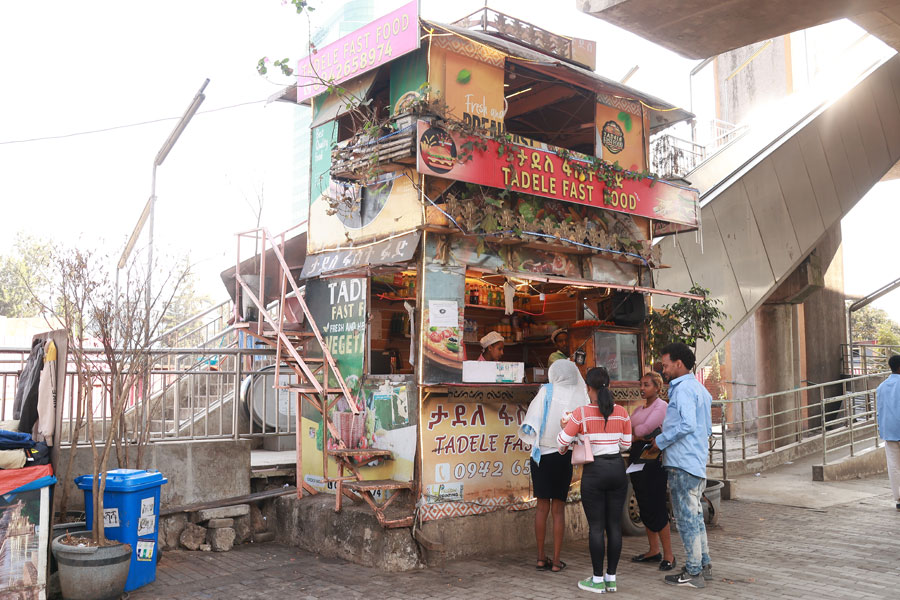
Featured | Jan 13,2024
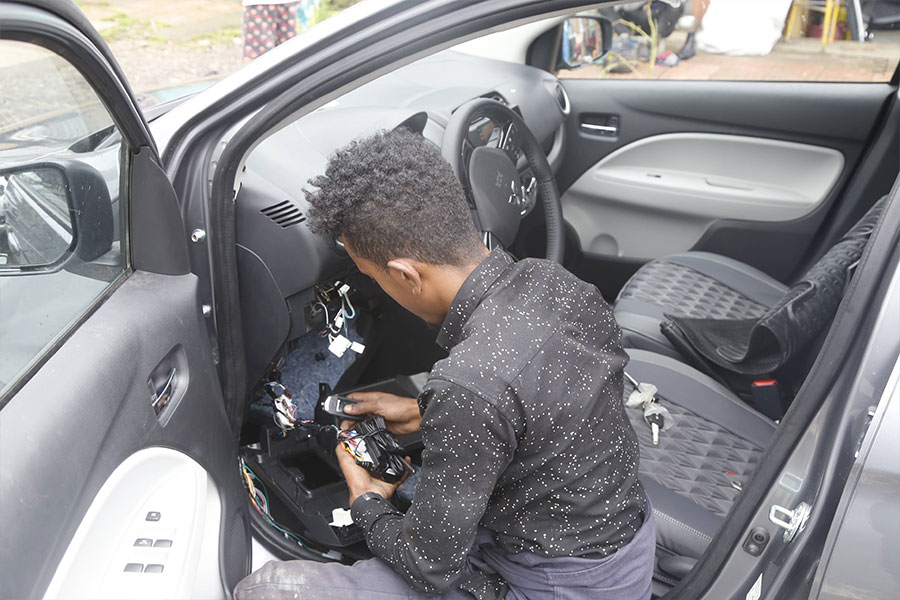
Featured | Sep 18,2021

Radar | Jul 08,2023
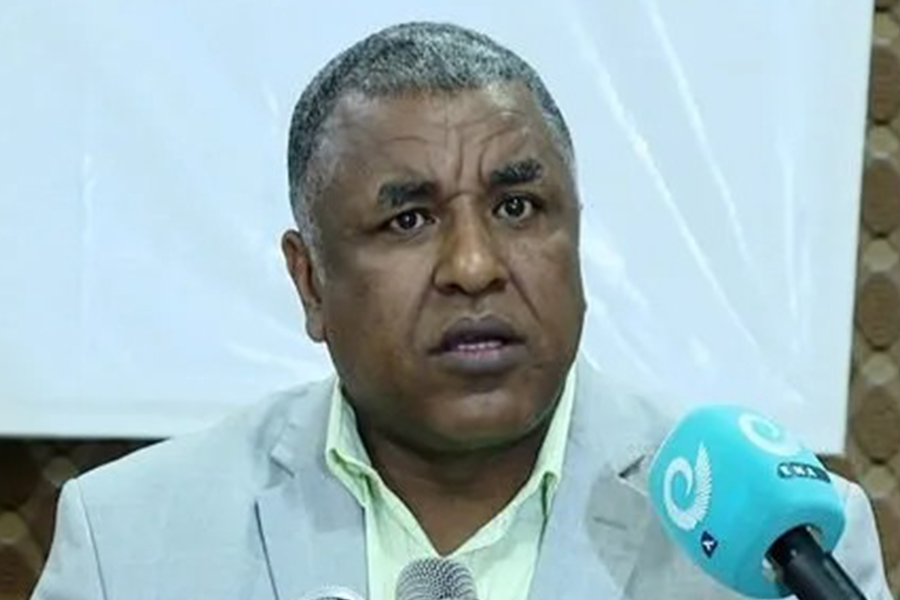
Verbatim | Jul 13,2024
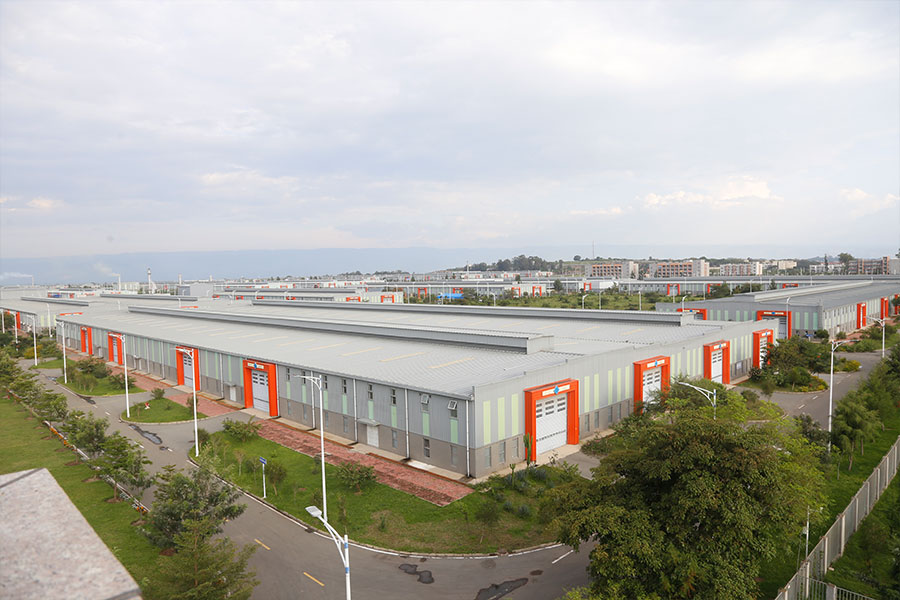
Fortune News | Nov 20,2021
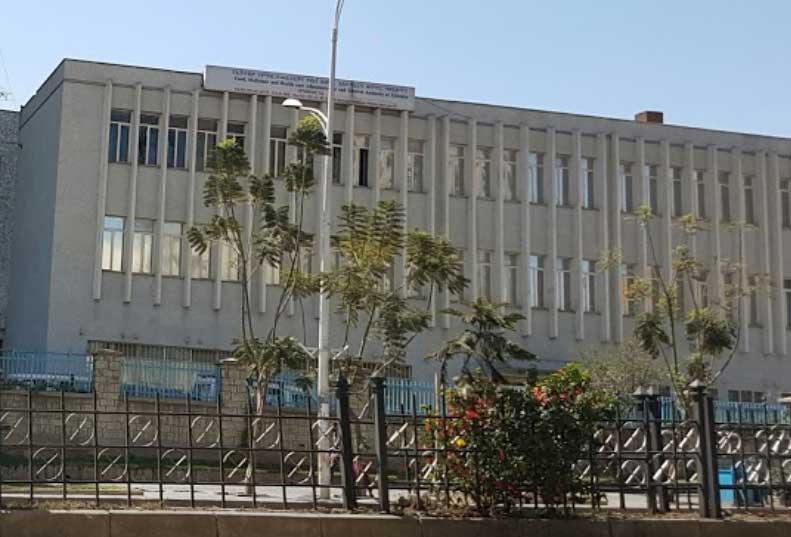
Fortune News | Oct 05,2019

Commentaries | Feb 08,2020

Photo Gallery | 178496 Views | May 06,2019

Photo Gallery | 168694 Views | Apr 26,2019

Photo Gallery | 159505 Views | Oct 06,2021

My Opinion | 137080 Views | Aug 14,2021
Commentaries | Oct 25,2025

Dec 22 , 2024 . By TIZITA SHEWAFERAW
Charged with transforming colossal state-owned enterprises into modern and competitiv...

Aug 18 , 2024 . By AKSAH ITALO
Although predictable Yonas Zerihun's job in the ride-hailing service is not immune to...

Jul 28 , 2024 . By TIZITA SHEWAFERAW
Unhabitual, perhaps too many, Samuel Gebreyohannes, 38, used to occasionally enjoy a couple of beers at breakfast. However, he recently swit...

Jul 13 , 2024 . By AKSAH ITALO
Investors who rely on tractors, trucks, and field vehicles for commuting, transporting commodities, and f...

Oct 25 , 2025
The regulatory machinery is on overdrive. In only two years, no fewer than 35 new pro...

Oct 18 , 2025
The political establishment, notably the ruling party and its top brass, has become p...

Oct 11 , 2025
Ladislas Farago, a roving Associated Press (AP) correspondent, arrived in Ethiopia in...

Oct 4 , 2025
Eyob Tekalegn (PhD) had been in the Governor's chair for only weeks when, on Septembe...

Oct 25 , 2025 . By YITBAREK GETACHEW
Officials of the Addis Abeba's Education Bureau have embarked on an ambitious experim...

Oct 26 , 2025 . By YITBAREK GETACHEW
The federal government is making a landmark shift in its investment incentive regime...

Oct 29 , 2025 . By NAHOM AYELE
The National Bank of Ethiopia (NBE) is preparing to issue a directive that will funda...

Oct 26 , 2025 . By SURAFEL MULUGETA
A community of booksellers shadowing the Ethiopian National Theatre has been jolted b...